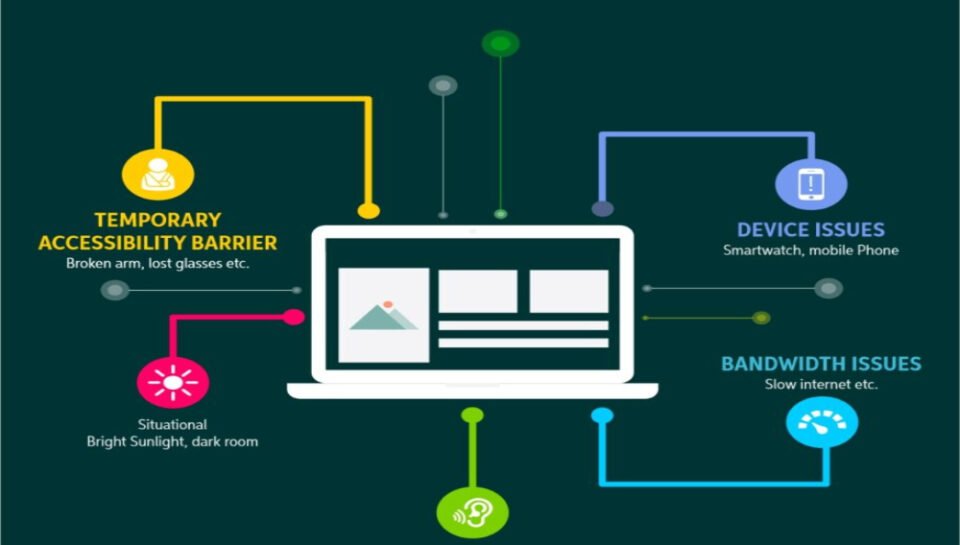
What are the legal and accessibility considerations in redesigning a business website?
Compliance with Indian Data Protection Laws
- Websites collecting personal data must comply with India’s DPDP Act 2023.
- Consent for data collection must be explicit, clear, and withdrawable.
- Privacy policies and data use disclosures must be updated and easy to find.
- Forms and cookies must include opt-in mechanisms with proper record-keeping.
- Breach notification procedures should be outlined in case of a data incident.
Terms and Legal Disclaimers
- Updated Terms of Use and Disclaimers should reflect services, products, and liability clauses.
- Clear refund, cancellation, and delivery policies are needed for e-commerce redesigns.
- User rights and obligations should be outlined, especially in SaaS or community platforms.
- Legal pages must be accessible from footers and visible on sensitive user journeys.
- IP ownership and copyright statements help avoid future disputes.
Accessibility Compliance (WCAG)
- Use high-contrast colors and readable fonts for visually impaired users.
- Ensure keyboard navigation and screen reader compatibility throughout the site.
- Provide text alternatives for images, videos, and icons using alt attributes and transcripts.
- Avoid content flashing or auto-playing media that could affect seizure-sensitive users.
- Accessibility boosts inclusion and aligns with Corporate Social Responsibility (CSR) in India.
Security and User Consent
- Implement secure login systems, encryption, and firewalls to protect user data.
- Disclose all third-party integrations that access or process user information.
- Collect only necessary user data and avoid storing sensitive personal information unless encrypted.
- Ensure forms are protected with CAPTCHA and avoid hidden tracking.
- Clarify data retention periods and account deletion options in policies.
Copyright and Licensing Compliance
- Use licensed fonts, images, and videos to avoid legal infringement.
- Avoid using themes, templates, or plugins that violate commercial usage rights.
- Attribute open-source tools correctly and respect their license terms.
- Clearly state ownership of user-generated content (e.g., reviews or uploads).
- Register trademarks or symbols used prominently in the new design if required.





